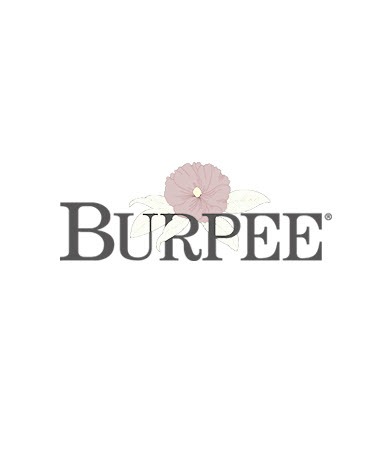We use cookies to give you the best experience on our website. These cookies are completely safe and secure and will never contain any sensitive information. Please read our Privacy Policy. By clicking "Ok" or clicking on any other content, you agree that cookies can be placed.
Essential Gardening Tools
Occasionally, gardeners will use their hands to break off a spent flower or pull out a rogue
dandelion as they walk through their garden.
But generally, when we head out to care for our gardens, we take our favorite tools with us.
And no, we don’t lug a whole garden shed stuffed full of implements into our flowerbeds. Often,
we are armed only with pruners and a spade.
Four professional gardeners agreed that only two types of tools were essential. They each,
also, offered another, different, favorite. But basically, each of the four gardeners relied on
something to move earth, and something to cut and maintain plants. They also stressed the value
of investing in durable tools that would last for years. Several of the gardeners suggested
tools to neaten-up or move garden waste.
Susan Reimer, Garden Columnist from the Baltimore Sun, said, "I never go into the garden
without my pruners, my soil knife and my muck bucket. If I have big jobs to do, like major
pruning or compost-moving, I substitute my two-wheeled garden cart for the muck bucket."
Bypass pruners were considered essential by each gardener.
"I could never do without a good pair of bypass pruners. And buying the more expensive ones are
not a splurge--they are made to perform better and therefore last longer," said Jenny Nybro
Peterson, Writer and Landscape designer from Austin, Texas.
Bypass pruners are used for a variety of tasks. From deadheading to pruning, even to loosening
root systems of new plants or cutting twine, bypass pruners do the job. In a pinch, pruners can
even serve to loosen soil when trying to get out the entire pesky taproot while weeding.
Each gardener relied on a way to move soil, but each suggested a different one.
“My number one garden tool is my garden fork. I can’t stand those wimpy ones with four or five
prongs. I need a sturdy fork with eight to ten prongs that can really handle a hefty scoop of
mulch,” said horticulturalist Wendy Brister from Wrightsville, Pennsylvania.
Reimer mentioned a favorite among gardeners, the soil knife.
"A sturdy hand-trowel can be used in so many different ways--for digging holes for transplants,
prying out unwanted plants or helping to break up the root ball of a larger plant, " said
Peterson.
Horticulturalist Erica Shaffer, of Camp Hill, Pennsylvania, said she couldn’t get by without
her all steel spade. Shaffer said the extra cost is more than worth it. She has used the same
spade for 25 years.
Something to dig with and something to cut with are clear necessities. But that’s where the
similarities ended. Each of the gardeners relied on different tools.
Shaffer’s other favorite tool is a long-tined hand rake. She uses it to reach debris under
shrubs or in hard to reach corners. Reimer mentioned a muck bucket. She uses a colorful
flexible plastic bucket with handles. There are many things gardeners use to take away garden
debris. Some use wheelbarrows. Peterson said weeders and bulb planters are very handy. The
priority for Brister was watering with care.
“My water wand with a shut-off valve helps me take better care of my plants,” said Brister, “
the shut off valve is key to ‘breaking’ the water to prevent too much water pressure. Too heavy
of a blast can wash out soil from sensitive root systems and beat up fragile foliage “
The shut-off valve also conserves water.
With just a couple quality tools including something to move soil and something to trim plants,
a gardener can do a lot. After a little experience, and depending on your preference, other
tools like bulb planters and watering tools can become your personal favorites as well.

